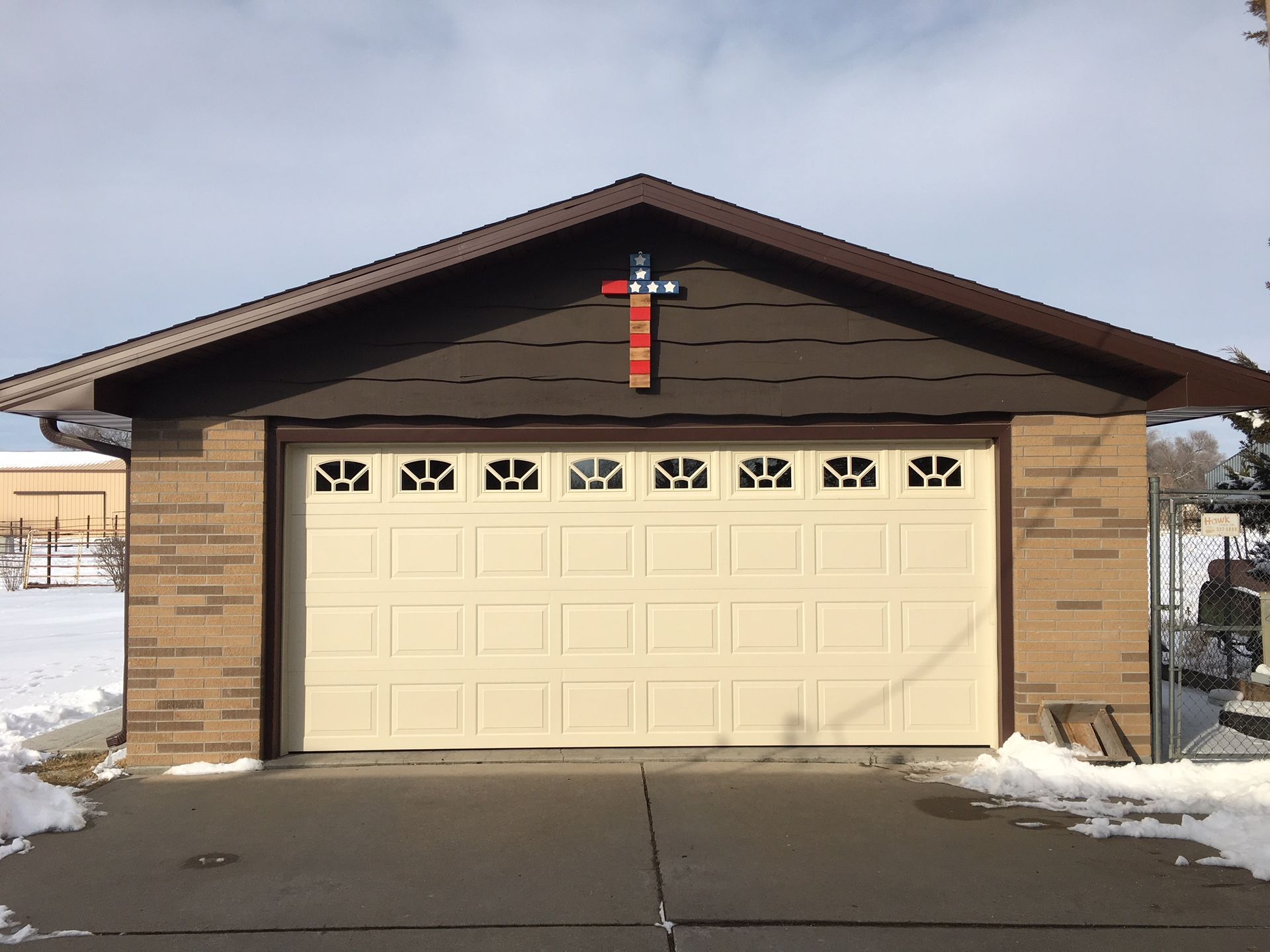Your overhead door does more than just open and close; it enhances security, boosts energy efficiency, and enhances curb appeal. But like any complex equipment, it needs maintenance. Ignoring subtle issues can lead to expensive fixes—or worse, a door that fails completely. Let’s explore the top 5 signs your overhead door might need repair and why acting quickly is essential.
Odd Noises: A Sign of Trouble
Does your overhead door groan, rattle, or screech? These sounds are not just annoying—they’re a warning sign. Unusual noises can indicate issues with the door’s springs, tracks, or motor. Left unchecked, these minor issues can snowball into serious breakdowns.
When Your Door Lags Behind
If your overhead door takes its sweet time open or close, it might be due to aging parts or problems with the system. A door that delays could pose a safety risk, especially if it malfunctions while in use. Timely intervention can restore its smooth operation.
Sagging: A Structural Concern
Have you noticed misaligned or drooping areas in your overhead door? This is often a sign of compromised stability or tension issues. Beyond being unattractive, sagging can compromise your door’s security and efficiency.
Energy Inefficiency: A Hidden Cost
A poorly sealed or damaged overhead door can cause drafts, making your HVAC system work harder. If you’ve noticed your energy bills creeping up, your garage door could be the culprit. Repairing or upgrading your door can save you money in the long run.
5. Physical Damage or Wear
Bumps, splits, or corrosion are clear indicators that your overhead door has seen better days. While some damage might appear minor, it can lead to bigger issues and make it more susceptible to malfunctions. Addressing these issues without delay is critical for safety and performance.
